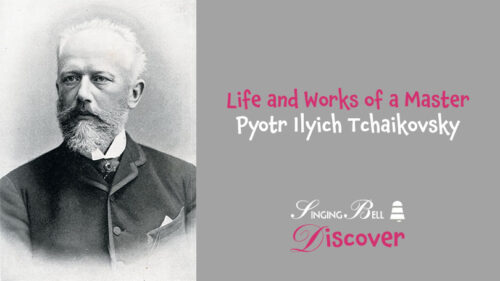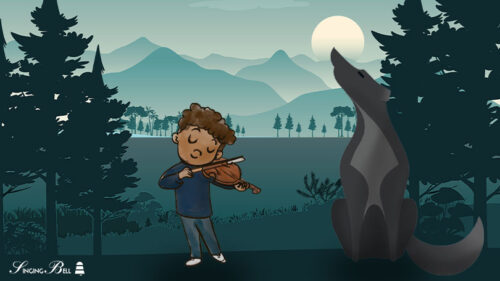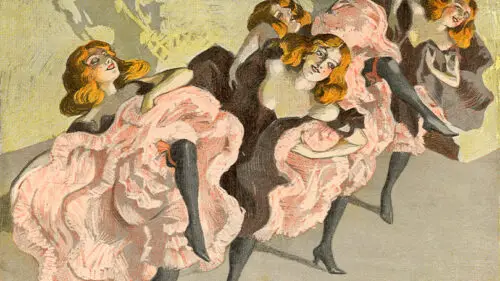

Who hasn’t heard even an extract from Tchaikovsky‘s ballet “The Nutcracker“? Dance of the Sugar Plum Fairy, Waltz of the flowers, Chinese Dance, The Mirlitons are just a few of the much-loved melodies for kids and grownups alike.
And yet, the first performance of the play, in December 1892, was a disaster. In a letter he wrote to a friend, the composer himself states that the audience was probably bored and that the work is even worse than The Sleeping Beauty (the second of the three ballets he wrote. The first was Swan Lake).
But the reason for the failure was anything but the composer: the famous choreographer Petipa, who had undertaken the preparation of the ballet, fell ill during the rehearsals, so the choreography was completed by his assistant. Also, the dancer who had taken on the role of the Sugar Plum Fairy apparently didn’t very well in the show. To make matters worse, the sets and costumes were not so tasteful. You see, ballet – just like opera – is an affair where many arts and creators work together.
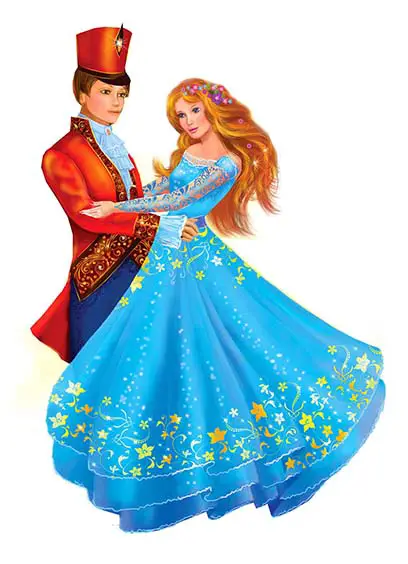
Unfortunately, Tchaikovsky did not have time to rejoice in the success of his work as long as he lived. Today, The Nutcracker is considered a standard not only for classical music, but also for ballet in general. Every Christmas, it is presented in theaters and concert halls around the world, either as a dance performance or as an orchestra concert.
In this post we are going to learn valuable information about the project: when and why it was written, what the summary of the plot is, who the composer was and what is his own story. We have also selected for you some videos from interpretations of the work, excerpts showing the orchestra or the dancers.
Do not forget to check out our activities for the little music lovers at the end of this article!
Composition ID
Table of Contents
Title: The Nutcracker
Composer: Pyotr Ilyich Tchaikovsky
Choreography: Marius Petipa (1818 – 1910), George Balanchine (1904 – 1983)
Date: 1892
Place: Saint Petersburg, Russia
Genre: Ballet
Libretto: It’s an adaption of E. T. A. Hoffmann’s story “The Nutcracker and the Mouse King” by Alexandre Dumas who titled it “The Story of a Nutcracker”.
Main roles
- Siblings Clara (sometimes known as Marie or Masha) and Fritz
- Herr Drosselmeyer, Clara’s godfather and toy maker
- Nutcracker Prince
- Sugar Plum Fairy
- …children’s parents, many friends and relatives invited, toys, dolls, mice and other animals, angels and fairies, snowflakes, flowers and too many candies and sweets!
Plot
It is Christmas Eve and the family sings and exchanges gifts in a festive atmosphere. One of the guests is the godfather of young Clara: a toy maker who owns many of the secrets of magic! He presents Clara with a wooden nutcracker in the form of a small soldier. Clara and her little brother can’t not stop playing with it.

At night, Clara can’t get the wooden toy out of her mind. She goes to the living room to see if he is still there and at that moment something strange happens: the clock strikes midnight and the little wooden soldier comes to life!
The toys, which have also come to life, are thrown into battle with the mice that have suddenly invaded the room. The toy army fights bravely and eventually the mice retreat.
The Nutcracker then transforms into a young prince and takes Clara with him on a magical journey to the snow-capped mountains, dancing along with the snowflakes.
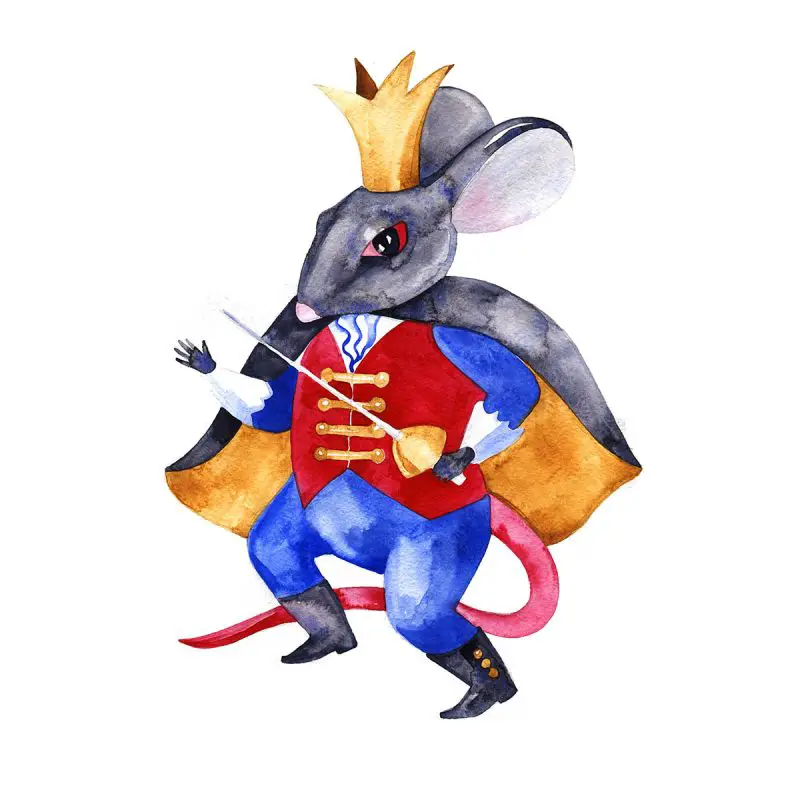
The next part of the trip is truly tasty: the snow is made of sugar and the two travelers are in the homeland of the Nutcracker, in the land of the Sweets. A spectacular celebration awaits them their: sweets and drinks from around the world, flowers and, in the end, Sugar Plum Fairy herself, dancing one after the other until it is time for Clara to say goodbye to them to return home.
On the next morning she wonders if everything that happened was a dream or a reality…

Videos
The history of the Nutcracker is long and includes a lot of dancing. Below you can enjoy some of the ballet’s most famous melodies. Most of the dances below are from Act II, where the magical journey of Clara and the Nutcracker Prince through the Land of Sweets begins.
The snowflakes, the dances, from different parts of the world, that accompany the sweets, the tea and the coffee, the Waltz of Flowers and, of course, the Sugar Plum Fairy Dance.
Waltz of the Snowflakes
The first snowflakes fall – listen to the light sound of the flute representing them. When the snow gets thicker, angelic voices are heard and accompany the happy dance of Clara and the Nutcracker.
Chocolate (Spanish dance)
In Confiturembourg (the Kingdom of Sweets), Clara and the Nutcracker enjoy the delicacies along with the respective dances!
Coffee (Arabian dance)
Middle East, where coffee was cultivated for centuries, comes to mind through the aroma of coffee and the Arab dancers.
Tea (Chinese dance)
The Chinese dancers dance in small steps under the subtle sound of the piccolo flute.
Trepak (Russian dance)
How could a traditional Russian dance be missing from this celebration?
Dance of the Reed Flutes (Les Mirlitons)
The mirliton (also known as a eunuch flute or onion flute) is a kind of musical instrument of the woodwind family. Often made of paper, it have been one of children’s favorite toy during the 16th and 17th centuries.
Waltz of the Flowers
Along with the Fairy’s Dance, these are by far the most elegant dances of the ballet.
Dance of the Sugar Plum Fairy
The Orchestra
We listen to the work by watching the orchestra and the musical instruments that play and lead the dancers.
Celesta: piano or glockenspiel?
A year before the presentation of The Nutcracker, Tchaikovsky, as he had just returned from a trip, was in Paris. Then it was the first time he heard a musical instrument that looked a bit like a piano, but also like a glockenspiel. He was impressed and was sure that it was the sound he wanted for the musical theme of the Sugar Plum Fairy. In fact, he made sure to keep his discovery secret from the contemporary composers of his homeland, in order to be original in the premiere of The Nutcracker!
This musical instrument is called a celesta and looks like a piano. However, instead of using a string (like the piano), the internal mechanism works with a metal chime bar (like the glockenspiel).
Tchaikovsky
Click on the button to learn more about the composer and his music.
Activities – Teaching Material
Select the activity you want by clicking on the corresponding toggle.

It’s time to draw your own figure! In which story does he/she star? Is he/she a dancer? What is he/she wearing; Is he/she alone or accompanied by other dancers?
Close your eyes, listen to the music, get your crayons and get started!
A 7-page printable PDF file for Free Download with:
- Sugar Plum Fairy Easy Piano Sheet Music
- Sugar Plum Fairy Xylophone / Glockenspiel Sheet Music & Chart
- Nutcracker Crossword Puzzle Puzzle
- Memory Game
Did you like this post?
You may also like:
Saint-Saëns: The Carnival of the Animals for kids
Ennio Morricone, Soundtracks of a Maestro
Jacques Offenbach’s Can-Can (Infernal Galop) – The composer and the song


